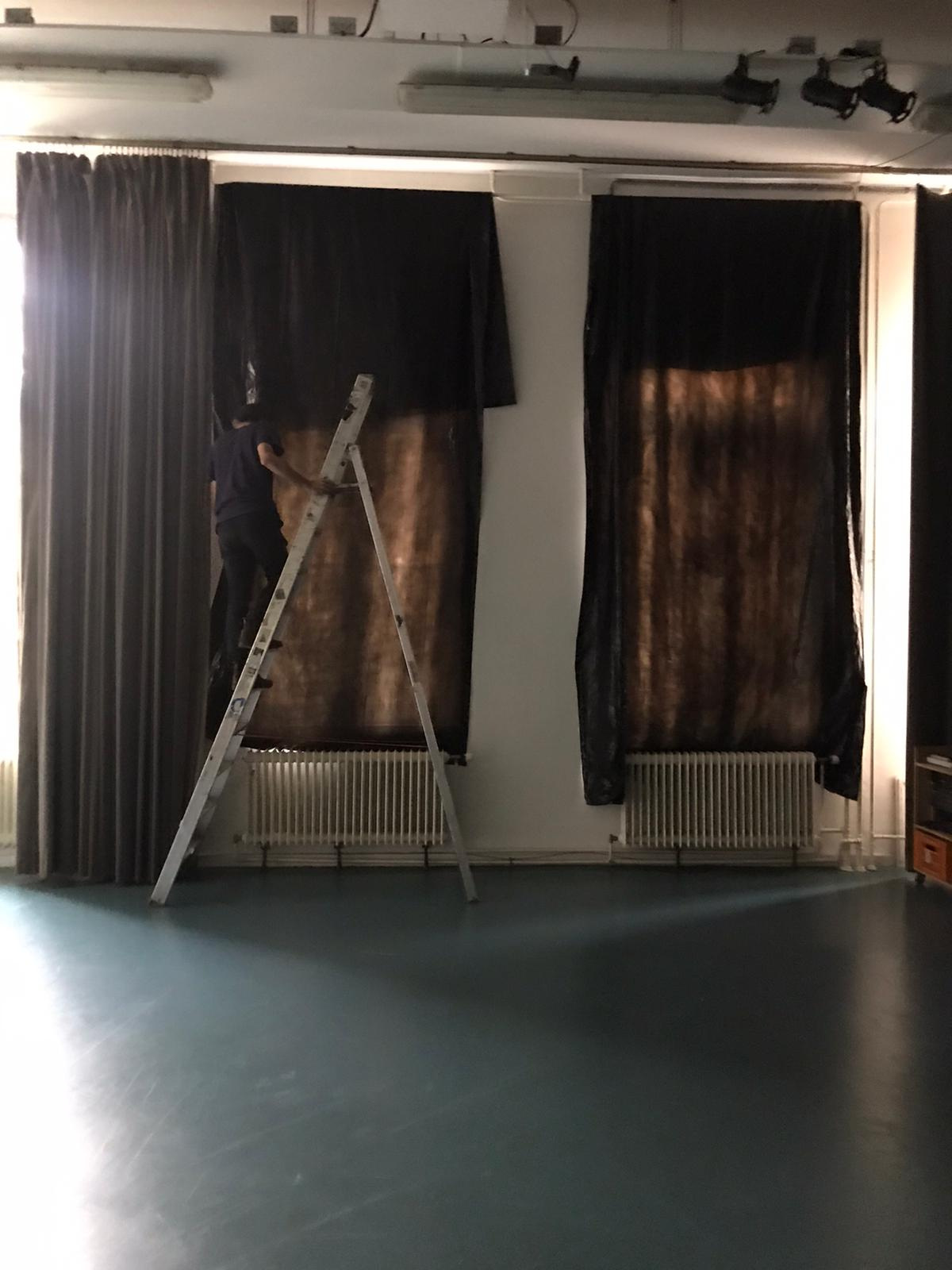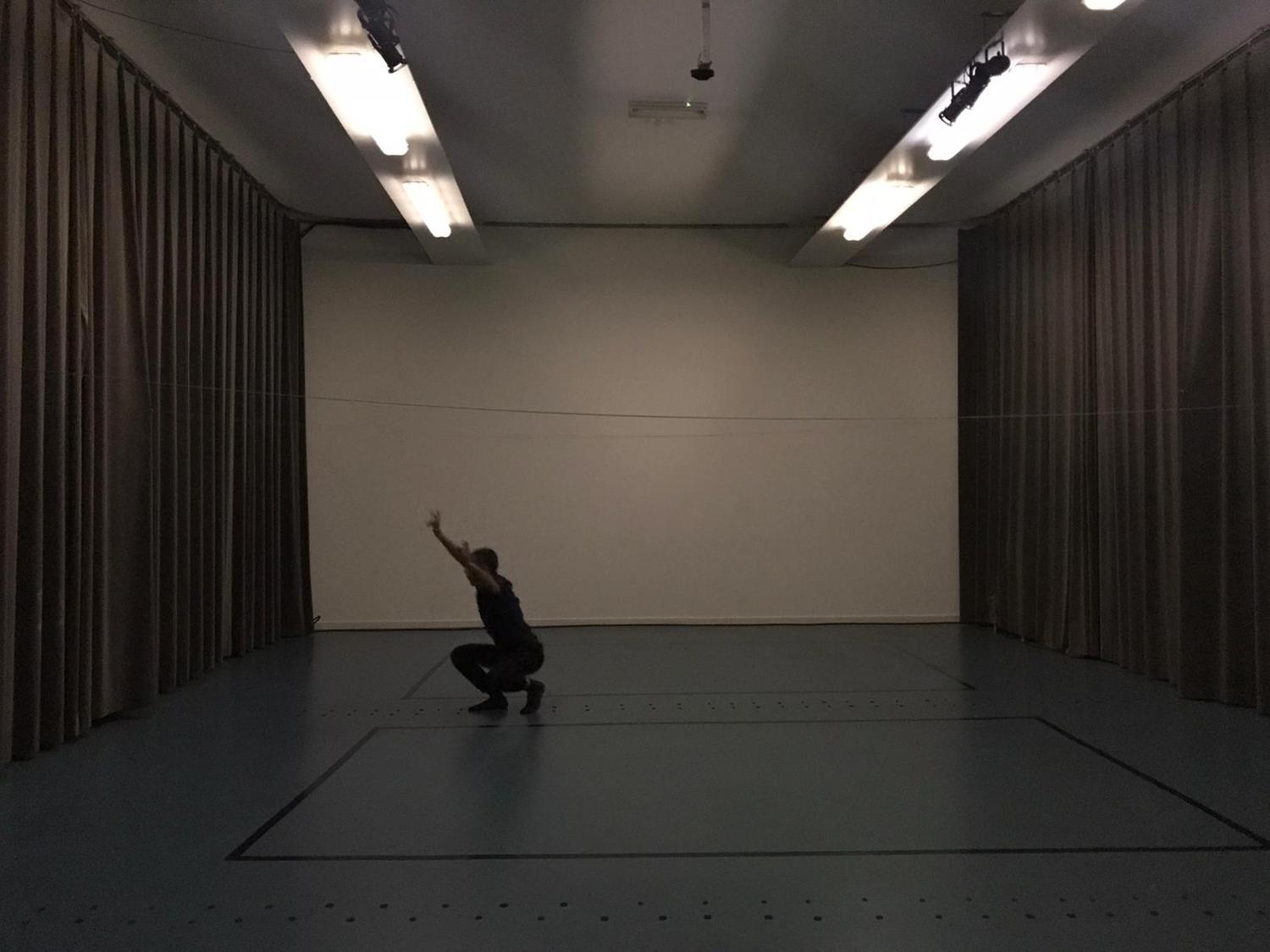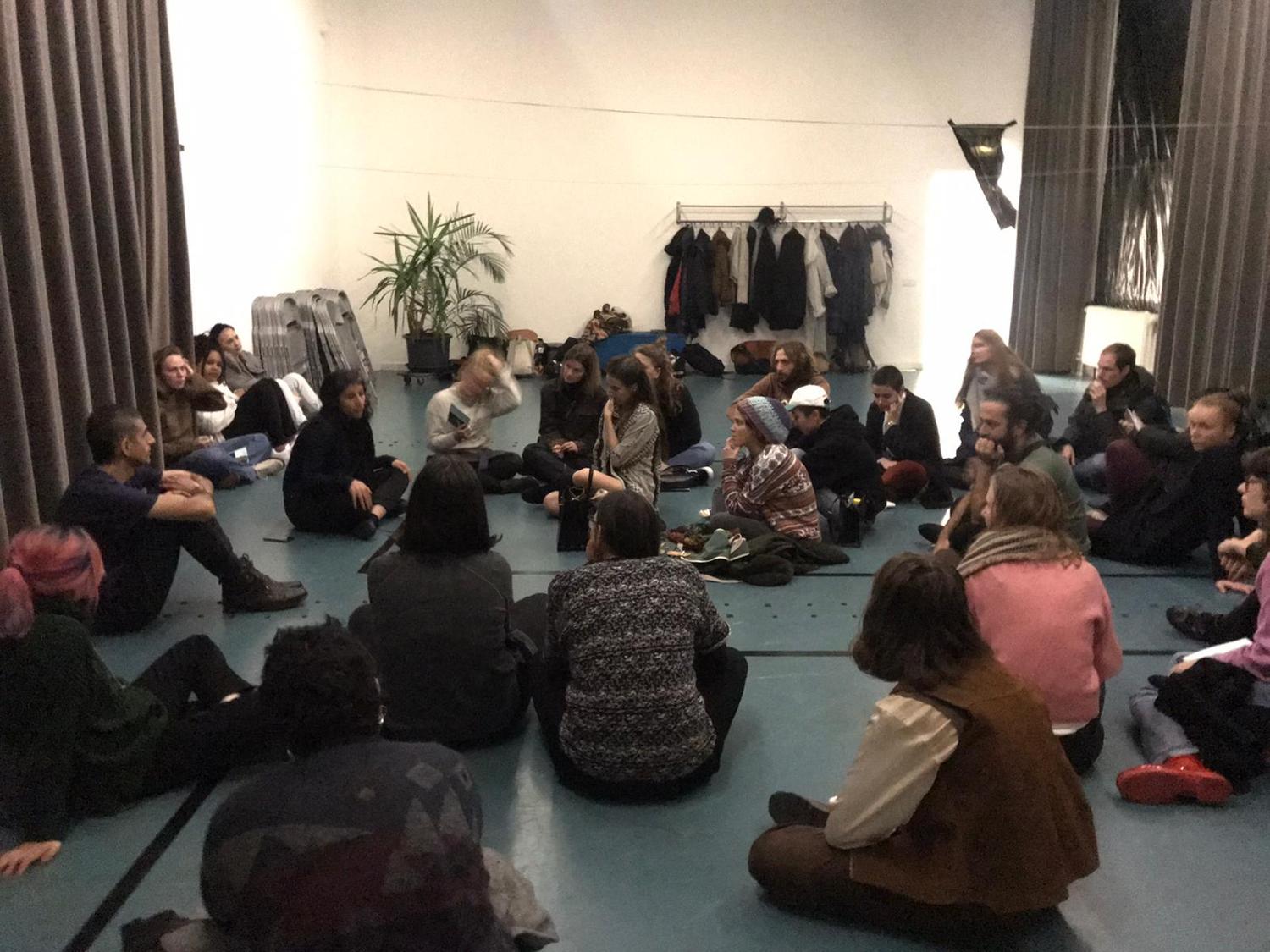Un-Making Image #10: “Prince, a Dialogue for One Voice”
Date: November 2019
Location: TENT Rotterdam
In this 10th session of the “Un-Making Image” project, Sarmad editor Alireza Abbasy will perform a theater piece, followed by a discussion with the audience.
The piece, written and performed by Alireza, titled “Prince, a Dialogue for One Voice” is part of his growing repertoire of theatrical plays in which there is no spectacle.
Happening in total darkness, this particular piece is in form of a dialogue between a man and a woman, while both roles are performed with the same voice, making the two characters totally indistinguishable. It takes the audience on a mind trip through the fantasy of one of the characters.
Employing verbal, mental and perceptual imagery, this work explores various forms of “image making” beyond the “literal” image.
Apart from the image-making aspect, these works investigate notions of “otherness”. Using the insight provided by “critical whiteness studies” as an interdisciplinary field of scholarship widely recognized since the early 90s, these works explore the possibility of investigating “whiteness” (not essentially as something related to ‘color’, but as a basic intersectional and sociopolitical concept, very generally defined as the main origin and the logic behind the entire notion of “otherness” in Western societies) through artistic practices.

 The Booklet
The Booklet













 The Event
The Event
Date: November 2019
Location: TENT Rotterdam
In this 10th session of the “Un-Making Image” project, Sarmad editor Alireza Abbasy will perform a theater piece, followed by a discussion with the audience.
The piece, written and performed by Alireza, titled “Prince, a Dialogue for One Voice” is part of his growing repertoire of theatrical plays in which there is no spectacle.
Happening in total darkness, this particular piece is in form of a dialogue between a man and a woman, while both roles are performed with the same voice, making the two characters totally indistinguishable. It takes the audience on a mind trip through the fantasy of one of the characters.
Employing verbal, mental and perceptual imagery, this work explores various forms of “image making” beyond the “literal” image.
Apart from the image-making aspect, these works investigate notions of “otherness”. Using the insight provided by “critical whiteness studies” as an interdisciplinary field of scholarship widely recognized since the early 90s, these works explore the possibility of investigating “whiteness” (not essentially as something related to ‘color’, but as a basic intersectional and sociopolitical concept, very generally defined as the main origin and the logic behind the entire notion of “otherness” in Western societies) through artistic practices.
— 1 —
What remains of “image” if there is no sense of sight?
How would other forms of imagery, “verbal”, “perceptual” and “mental” images, interact and turn into each other?
How can the implicit and omnipresent assumption of the “nobility of sight” be challenged in the context of visual arts?
— 2 —
Will you still see me as “other” if you cannot see me at all?
If your authority, comfort, distance and gaze are taken away, will you still be able to “other” me?
Does your desiring of me make me feel loved or “othered”?















